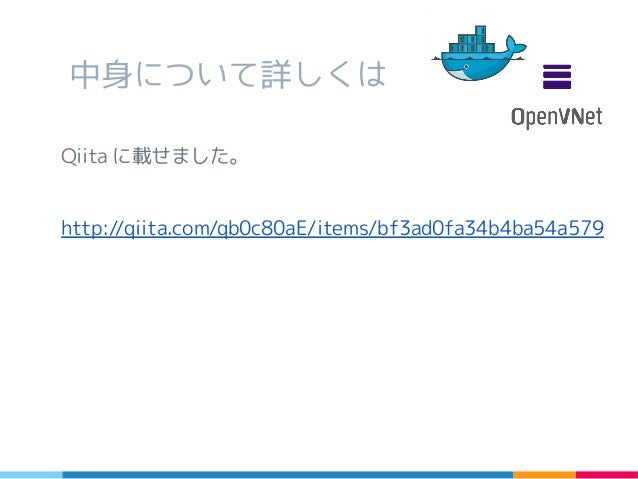I know there are plenty of developers (especially Mac/Windows users) who would read this and be put off. Simple for me would be running one command like 'docker-compose up'. Docker Desktop includes a standalone Kubernetes server that runs on your Mac, so that you can test deploying your Docker workloads on Kubernetes.
Back on the server side, we can do an inspect of the docker container as well as the network again to see some more info. If you are new to Docker, creating a container without a name causes it to have a randomly generated and usually hilarious name, in our case here distracted_lamarr.
Nets Docker For Mac Os
So a lot of good info here. I’ve highlighted some things which you can verify, like the IP and MAC address which were automatically assigned. Omnipage professional x. The docker inspect command can help you find a ton of great info.

Notice one thing I highlighted which is the SandboxKey. This will answer our question of where the network devices went and how they are tied together. Linux uses network namespaces to essentially segment things out logically. So your container uses a different network namespace (which Docker calls a sandbox) than the server, hence we don’t see the interfaces of one in the other. And in fact, veth interfaces are designed to span separate network namespaces.
How can we see the network namespace, or even know that it is a real thing? Great question! It is actually not very straightforward. Normally network namespaces are defined in /var/run/netns which is where the command to view them (ip netns list) looks for them. Unfortunately as you can see, Docker stores them in a separate place (/var/run/docker/netns). In my case because this is just a dummy test system, I can fix this easily by softlinking /var/run/netns to the docker location. Personally I wouldn’t do this in a real system but this is what testing is for!
Here after I’ve linked the network namespace to the proper location, my command returns something. We can see the network namespace id is 0 which also happens to be the link-netnsid value from ip addr show. Arabic ayatul kursi pdf. We can also see that the name is 3be322af84fc which matches up properly from the docker inspect information. Backbreaker online game.
Now that we know the namespace and have the linking, I can actually exec against that namespace and verify that we are looking at the right thing.
Recall that this is the same output from the container, but this is executed from the server using the ip netns exec command.
Nets Docker For Mac Catalina
Finally (almost done!) I’ll show some diagrams and show you a few more interesting things before closing out.